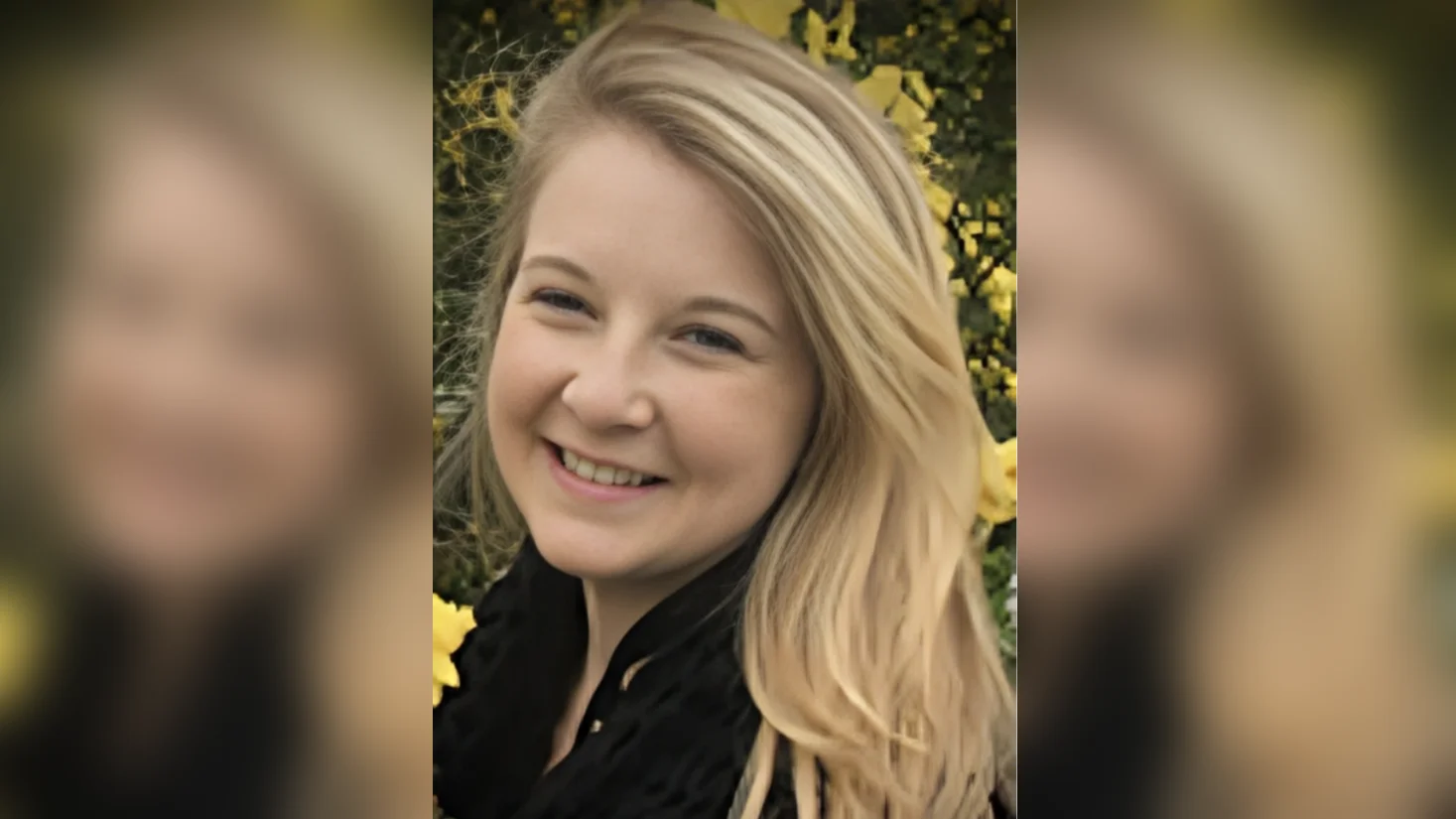Cassandra Genua Medicine Media Relations Coordinator | Stony Brook University News
Cassandra Genua Medicine Media Relations Coordinator | Stony Brook University News
A team of researchers led by Professor Dominik Schneble from the Department of Physics and Astronomy at Stony Brook University has made a significant breakthrough in quantum optics. Their study, which introduces a novel regime for cooperative radiative phenomena, is published in Nature Physics and accompanied by a theoretical paper in Physical Review Research.
The research focuses on spontaneous emission, a process where an excited atom transitions to a lower energy state and emits a photon. The phenomenon was initially examined in 1954 by Princeton physicist R. H. Dicke, who explored how two atoms interact during this process. His theory highlighted scenarios known as superradiance and subradiance.
Schneble's team used ultracold atoms arranged in a one-dimensional optical lattice to create arrays of synthetic quantum emitters that decay through slow atomic matter waves rather than photons traveling at light speed. This approach allowed them to explore collective radiative phenomena under new conditions.
“Dicke’s ideas are of great significance in quantum information science and technology (QIST). For example, there are intense efforts to harness super- and subradiance in arrays of quantum emitters coupled to one-dimensional waveguides,” said Schneble, also affiliated with Stony Brook’s Center for Distributed Quantum Processing (CDQP).
In their experiments, the researchers were able to prepare subradiant states with exceptional control, observing the behavior of radiation within the array—a first-of-its-kind demonstration according to Schneble.
Their findings provide fresh insights into fundamental aspects of quantum optics. In traditional scenarios described by Dicke's theory, photons move swiftly between emitters during decay; however, this assumption can be challenged when dealing with long-distance quantum networks where emitted matter waves travel significantly slower than photons.
“We see how collective decay from a superradiant state containing a single excitation takes time to form,” noted co-author Youngshin Kim. “It only happens once neighboring emitters have been able to communicate.”
Co-author Alfonso Lanuza compared tracking slow radiation among emitters to managing "a complicated game of catch and release," due to the intricate interactions between atoms and photons.
Despite these complexities, Lanuza found mathematical solutions for cases involving two emitters with multiple excitations. This work could pave the way for uncovering other unexpected behaviors in future experiments.
“Overall, our results on collective radiative dynamics establish ultracold matter waves as a versatile tool for studying many-body quantum optics in spatially extended and ordered systems,” concluded Schneble.
This research was funded by the National Science Foundation with additional support from Stony Brook’s CDQP.





 Alerts Sign-up
Alerts Sign-up